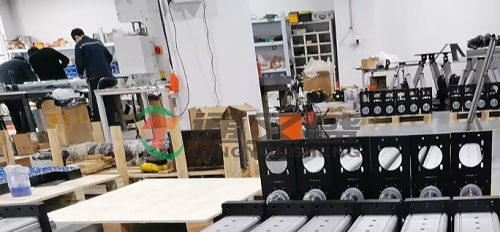In recent years, the demand for high-precision motion control has increased significantly across various industries, including robotics, aerospace, automotive, and manufacturing.
High-precision servo electric cylinders have emerged as one of the leading technologies to meet this demand, offering advantages such as greater accuracy, efficiency, and energy savings over traditional hydraulic or pneumatic systems.
A servo electric cylinder is an advanced actuator that combines the mechanical benefits of traditional hydraulic or pneumatic cylinders with the precision control of electric motors.
These cylinders typically consist of a motor-driven screw mechanism, which moves a piston in a linear motion, producing a highly controlled and accurate displacement. Servo electric cylinders are used in applications where precise force, speed, and positioning are critical.
The high-precision aspect refers to the cylinder's ability to execute movements with minimal deviation, making it ideal for applications where micron-level accuracy is required. These actuators are especially suitable for tasks like assembly, testing, and material handling in various industries.
Control systems are crucial to the performance of servo electric cylinders, as they regulate the movement, positioning, speed, and force exerted by the cylinders. A well-designed control system ensures that the cylinder performs accurately and efficiently, allowing for smooth and reliable operation.

There are several key functions that a control system provides for high-precision servo electric cylinders:
Position Control:Position control is essential for tasks where exact positioning is needed. The control system continuously monitors the position of the cylinder and adjusts the motor’s operation to ensure precise movement.
Velocity Control:The control system ensures that the cylinder moves at the desired speed without overshooting or oscillating. This is particularly important in applications where precise timing and smooth motion are critical.
Force Control:In many industrial applications, the force exerted by the actuator is equally important as its position and velocity. A high-precision control system can adjust the force output to match the needs of the application, preventing overloading or underperformance.
Feedback Mechanisms:Feedback mechanisms such as encoders, load cells, and pressure sensors are used to continuously monitor the performance of the actuator. This real-time data is fed back to the control system, which then adjusts the motion parameters accordingly to maintain optimal performance.